The Union of the Romanian Principalities was a desideratum of the entire nation, affirmed since the Revolution of 1848, Renata Gabriela Buzau, museographer at the Neamt National Museum Complex, told AGERPRES.
The idea of unity was firmly formulated in the documents of the Moldavian revolutionaries, in exile in Brasov (in May 1848 the programmatic document titled "Our principles for the reformation of the homeland" was adopted) or in Cernauti (in August 1848, Mihail Kogalniceanu elaborated "The Wishes of the National Party in Moldavia"), but also at the National Assembly of Blaj, on May 3-5, 1848.
Although the political, economic-social and national objectives established by the leaders of the 1848 Generation were not achieved, they constituted a prelude to the act carried out on January 24, 1859.
"The Crimean War (1853-1856), started between the Tsarist Empire and the Ottoman Empire, created the opportunity for the Romanian nation's affirmation, and the Congress of Paris (1856) highlighted the trend towards understanding and compromise of the Great European Powers regarding the Union of Moldovia and Wallachia. This was proposed by the French Foreign Minister, Count Alexandre Walewski, supported by his British counterpart, George William Frederick Villiers, Count of Clarendon,', explained Renata Gabriela Buzau.
The resolution of the Romanian matter, expressed by the French diplomat, was rejected by Ali Pasha, the Turkish Minister Plenipotentiary, and by Count Karl Ferdinand Graf von Buol-Schauenstein, the Austrian Foreign Minister, the diplomats citing as an argument the importance that the inhabitants of Moldova and Romania granted their autonomy, deemed proof of their desire for the two countries to remain separate.
The differences of opinion on the resolution of the Romanian issue culminated with the remark of the Austrian official on the fact that the populations of the two countries were not consulted in this regard.
The British counterpart, Count Clarendon, as a representative of a parliamentary monarchy, believed that the wishes of the Romanians had to be taken into account, and given that the representatives of the Ottoman Empire and the Habsburg Empire insisted on maintaining that the population of the Principality did not want the union, decided to organize elections for the establishment of Ad hoc Divans to clarify the matter.
"Both in Moldovia and in Wallachia, until the meeting of these consultative assembles, in October 1857, programs for the realization of the national state were elaborated. There is such an original document, titled Dorintele Romaniloru (Romanians' Wishes), in the collection of the Museum of History and Ethnography in Targu Neamt. A silent witness of the era in which the Union of the Romanian Principalities took place, the above-mentioned document attests to the steps taken by the representatives of the unionist party to fulfill the ideal of unity of the Romanian nation," said the museographer.
Elaborated after the signing of the Treaty of Paris (March 30, 1856), officially ending the Crimean War, but before the meeting of the Ad Hoc Divan of Moldovia (October 4, 1857), the document signed by Mihail Kogalniceanu, the future prime minister of the Romanian national state during the reign of Alexandru Ioan Cuza, expresses, through its provisions, the aspirations of the Romanians for the establishment of the National State of Romania, a fundamental historical moment for the birth of Greater Romania in 1918.

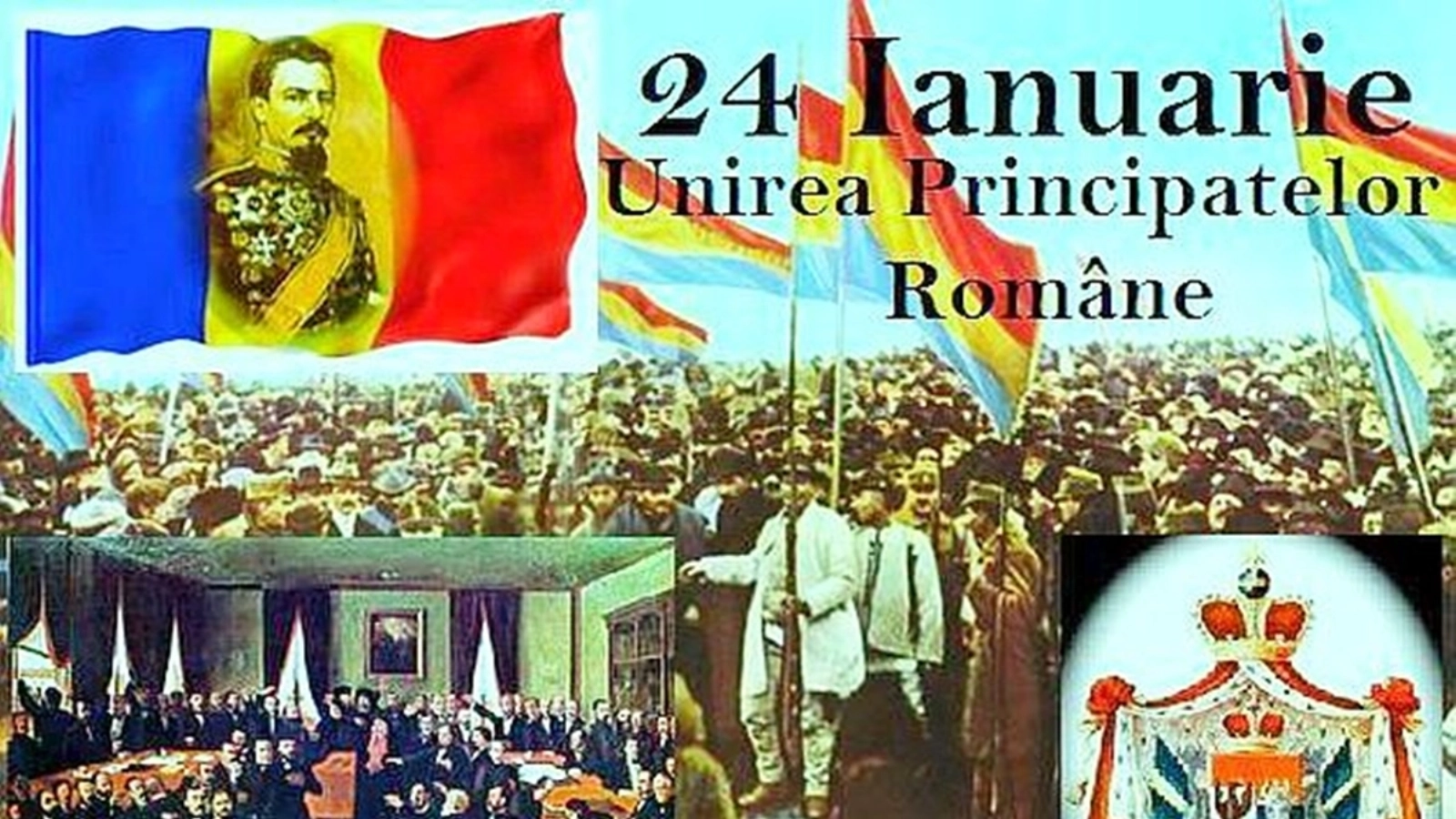





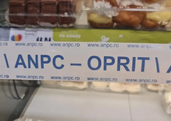



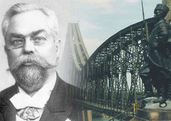


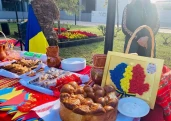
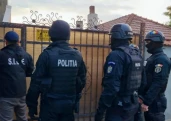
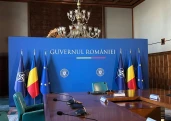
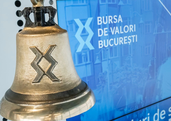


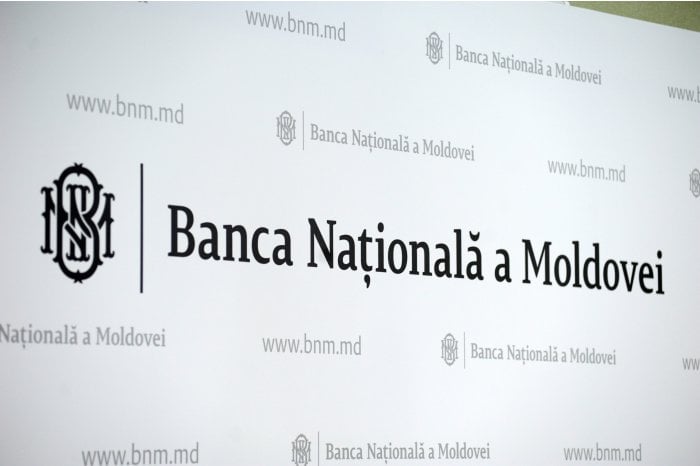

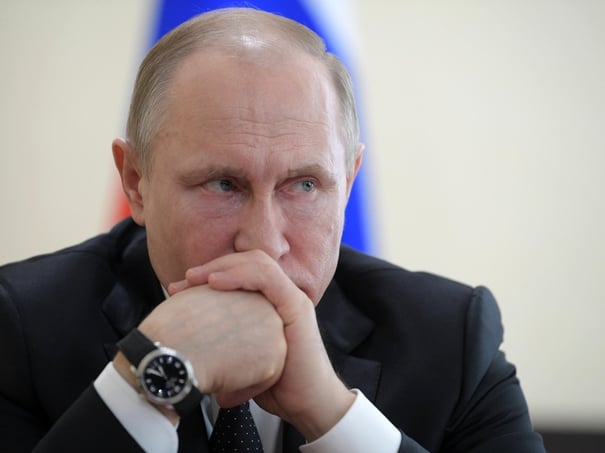





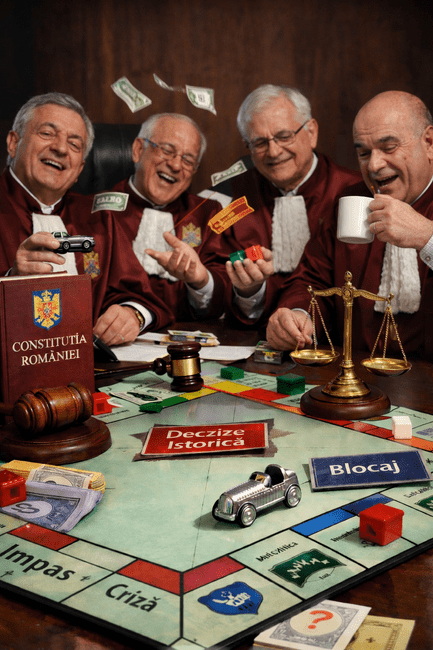


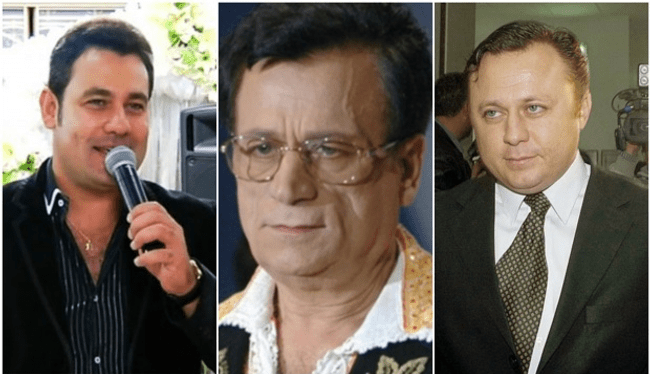
Comentează